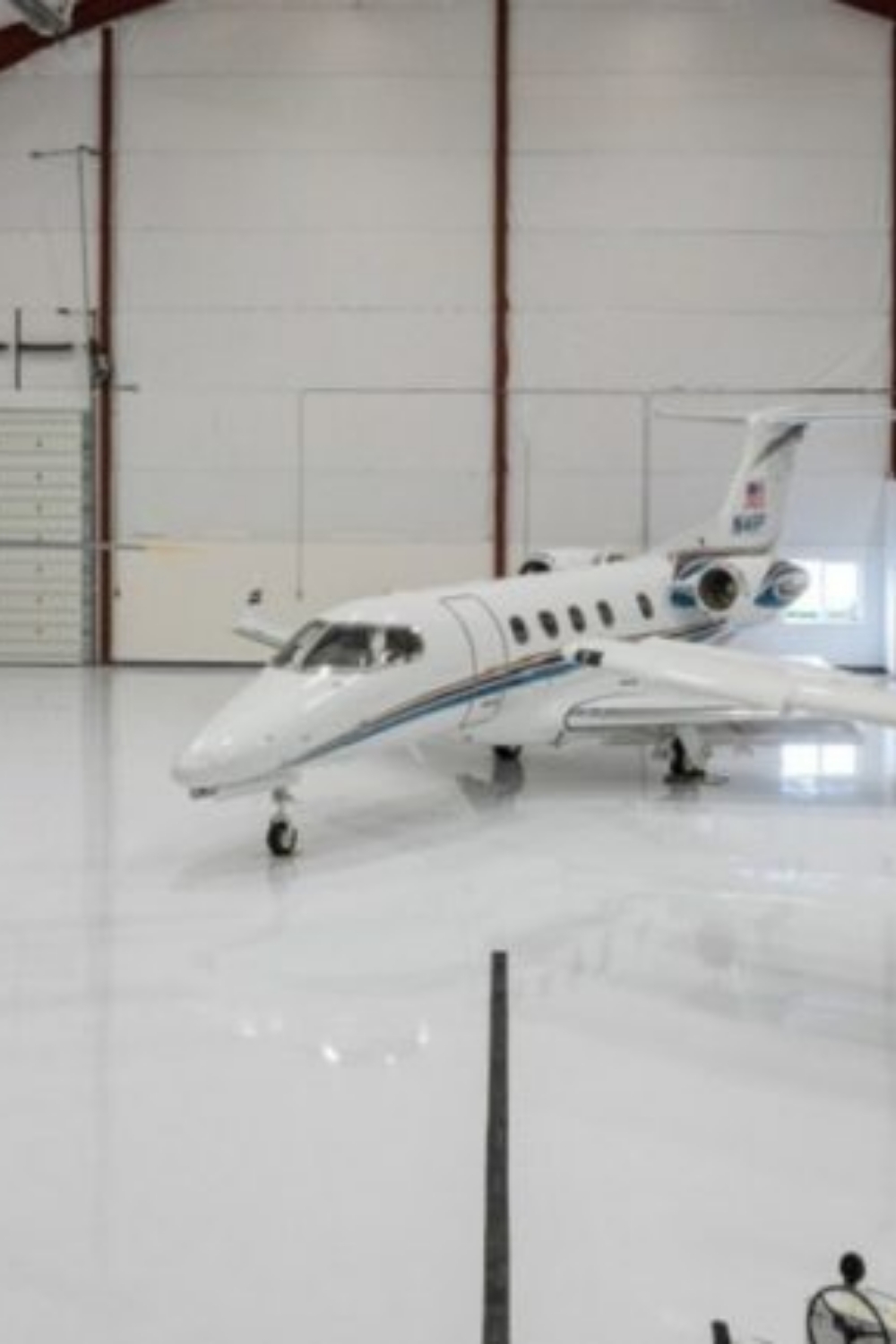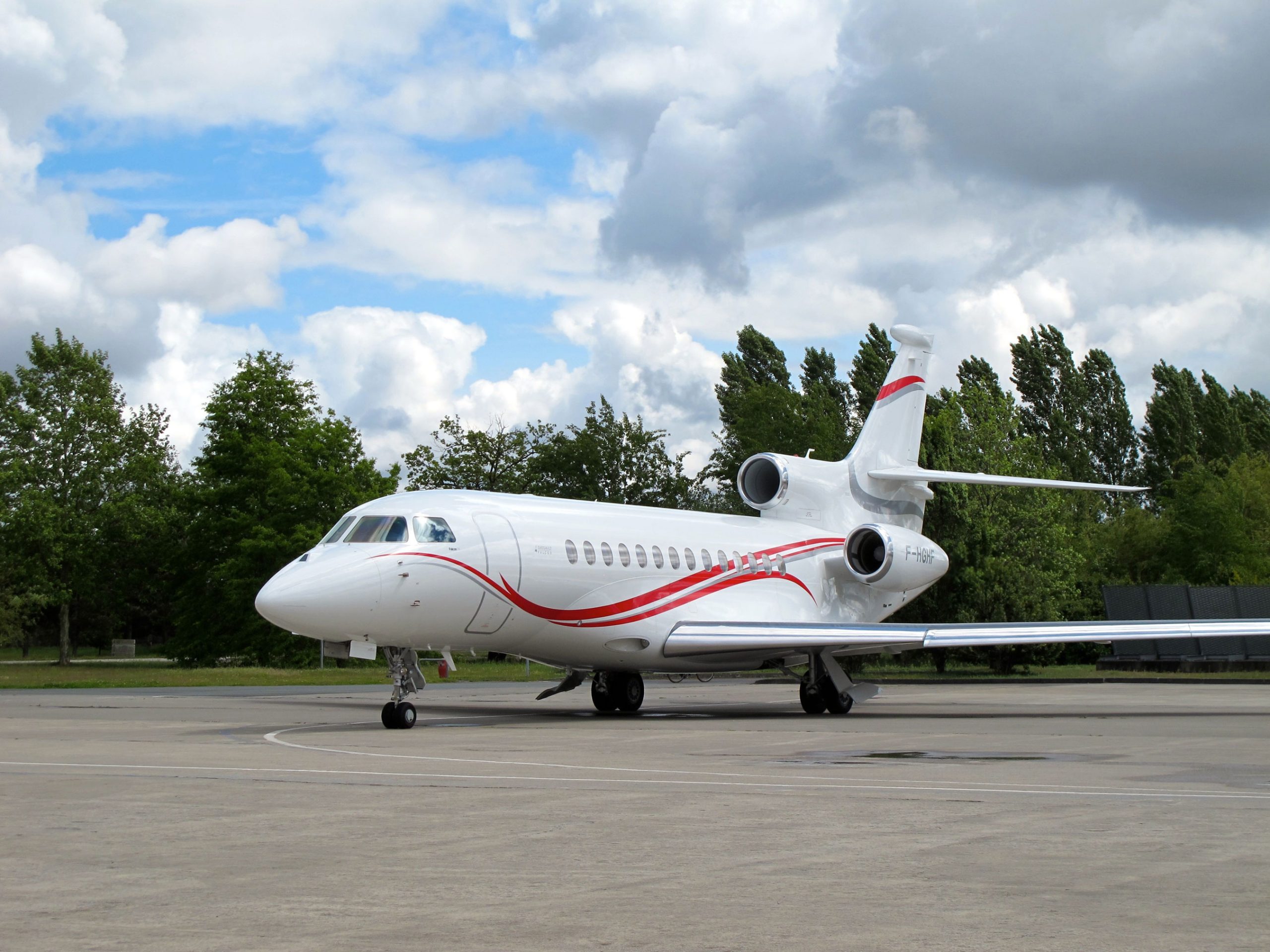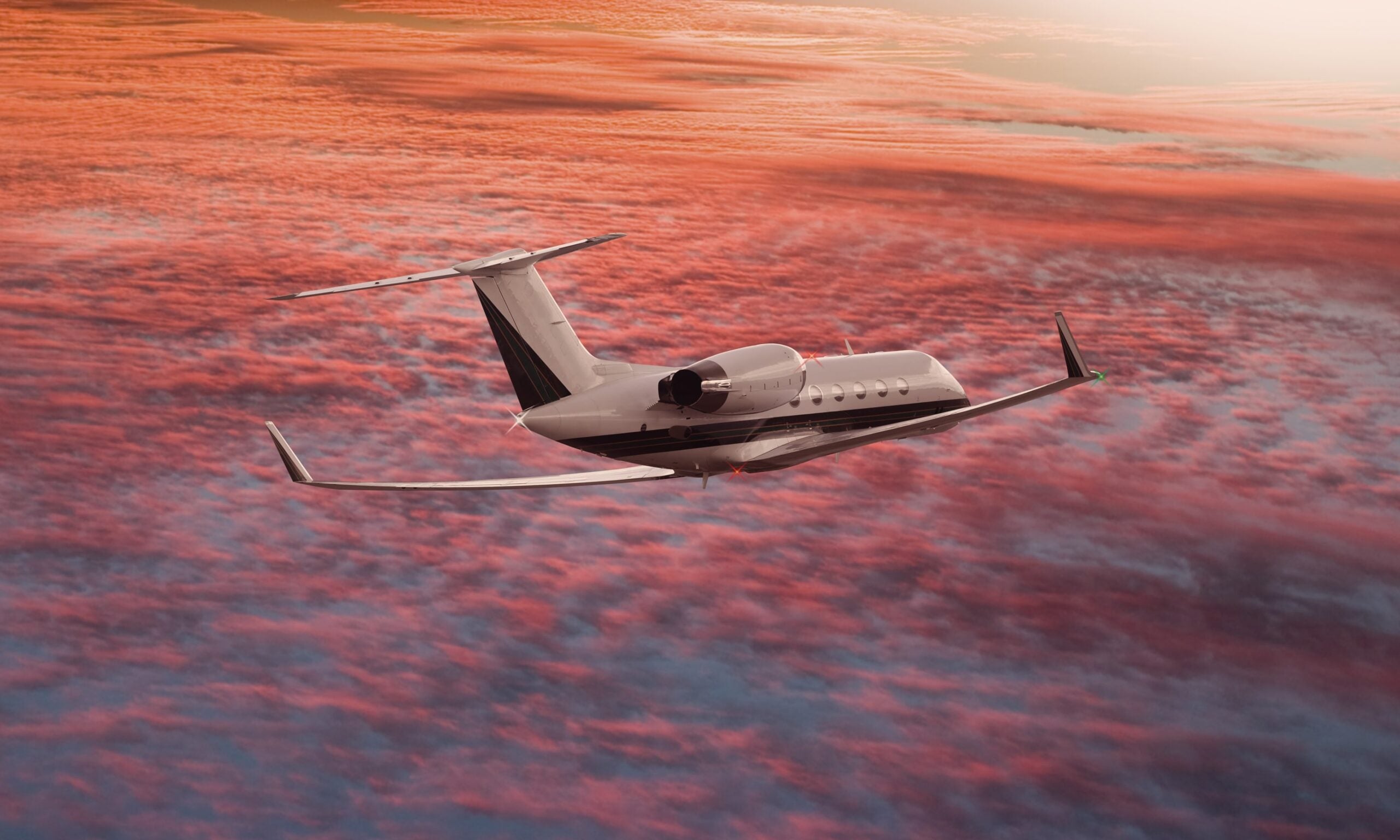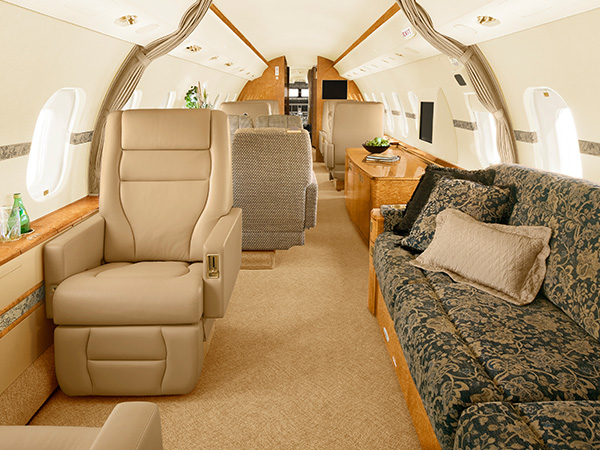The Emergence of Empty Legs in Private Aviation
In the rapidly evolving world of private aviation, the concept of “empty legs” has emerged as a game-changing phenomenon. An empty leg refers to the return flight of a private jet after it has transported passengers to their destination. These empty legs, once viewed as an unavoidable aspect of the industry, have now become a focal point in the pursuit of a more sustainable private aviation landscape.
The rise of empty legs can be attributed to the inherent nature of private jet travel. When a private jet takes off to transport passengers, it must return to its home base or move to a new location to pick up the next set of passengers. This return flight, often with an empty cabin, has traditionally been a significant contributor to the carbon footprint of private aviation. However, as the industry has evolved, savvy operators have found ways to monetize these empty legs, creating opportunities to address the sustainability challenges facing the sector.
Sustainability Challenges in Private Aviation
The private aviation industry has long been under scrutiny for its environmental impact, with concerns over the high carbon emissions generated by private jets. As global awareness of climate change and the need for sustainable practices has grown, the industry has faced increasing pressure to address its environmental footprint.
Greenhouse Gas Emissions
One of the primary sustainability challenges in private aviation is the high level of greenhouse gas emissions generated by private jets. These aircraft are typically less fuel-efficient than commercial airliners, with larger engines and greater fuel consumption per passenger. The result is a significantly higher carbon footprint per individual traveler.
This issue is particularly pronounced when considering the return flights of private jets, which often operate with empty cabins. These empty legs contribute directly to the overall emissions of the private aviation sector, as the aircraft is still burning fuel and generating greenhouse gases despite not carrying any passengers.
Resource Consumption
In addition to greenhouse gas emissions, the private aviation industry also faces challenges related to resource consumption. The manufacture, maintenance, and operation of private jets require significant amounts of energy, raw materials, and other resources, further contributing to the industry’s environmental impact.
The production of the aircraft themselves, the energy-intensive processes involved in maintaining and fueling the jets, and the transportation of passengers and crew all contribute to the resource consumption associated with private aviation. Addressing this aspect of sustainability is crucial for the industry to reduce its overall environmental footprint.
Noise Pollution
Another sustainability challenge faced by the private aviation industry is the issue of noise pollution. The operation of private jets, particularly during takeoff and landing, can generate significant noise levels that can negatively impact local communities and ecosystems.
This noise pollution can disrupt the quality of life for residents near airports and heliports, as well as disrupt the natural habitats of local wildlife. Addressing noise pollution is an important aspect of achieving a more sustainable private aviation industry that is considerate of its surrounding environment.
The Role of Empty Legs in Addressing Sustainability Challenges
The emergence of empty legs in private aviation has the potential to play a crucial role in addressing the industry’s sustainability challenges. By leveraging the opportunities presented by empty legs, private aviation operators can take significant steps towards reducing their environmental impact.
Optimization of Fleet Utilization
One of the primary ways that empty legs can contribute to sustainability in private aviation is through the optimization of fleet utilization. By monetizing these previously unused return flights, operators can generate additional revenue while also reducing the overall number of flights required to transport passengers.
This improved fleet utilization means that private jets are spending less time in the air with empty cabins, resulting in a direct reduction in greenhouse gas emissions and fuel consumption. Additionally, with fewer flights required to meet demand, the industry’s overall resource consumption and environmental footprint can be minimized.
Increased Operational Efficiency
In addition to optimizing fleet utilization, the rise of empty legs has also led to increased operational efficiency in the private aviation industry. As operators identify and capitalize on these discounted empty leg opportunities, they are able to better manage their schedules, routes, and aircraft deployments.
This improved efficiency, enabled by the availability of empty legs, can translate to a reduction in unnecessary flights, idle time, and other operational inefficiencies that contribute to the industry’s environmental impact. By streamlining their operations, private aviation companies can effectively reduce their carbon footprint and resource consumption.
Fostering Innovation and Sustainability Initiatives
The emergence of empty legs has also sparked a surge of innovation and sustainability initiatives within the private aviation industry. As operators seek to differentiate themselves and attract environmentally conscious consumers, they are increasingly investing in the development of new technologies, business models, and operational practices that prioritize sustainability.
From the adoption of more fuel-efficient aircraft and alternative fuel sources to the implementation of carbon offsetting programs and waste reduction initiatives, the private aviation industry is actively exploring ways to mitigate its environmental impact. The availability of empty legs has provided a valuable catalyst for these sustainability-focused innovations, helping to drive the industry towards a more sustainable future.
Quantifying the Environmental Impact of Empty Legs
To fully understand the role of empty legs in addressing the sustainability challenges of private aviation, it is crucial to quantify the environmental impact of these flights. By analyzing the data and metrics associated with empty legs, industry stakeholders can make informed decisions and develop effective strategies to reduce the carbon footprint of the sector.
Greenhouse Gas Emissions
One of the primary metrics for measuring the environmental impact of private aviation is the greenhouse gas emissions generated by the aircraft. When considering empty legs, the reduction in emissions can be substantial, as these flights are no longer operating with an empty cabin, thereby reducing the overall fuel consumption and emissions per passenger.
By optimizing the utilization of private jets and minimizing the number of empty leg flights, operators can directly contribute to a significant decrease in the industry’s greenhouse gas emissions. This can be further enhanced through the adoption of more fuel-efficient aircraft and the use of sustainable aviation fuels, which can further reduce the carbon footprint of private aviation.
Fuel Consumption
In addition to greenhouse gas emissions, the fuel consumption of private jets is another crucial metric for evaluating the environmental impact of empty legs. By reducing the number of empty leg flights and optimizing the utilization of private jets, operators can directly decrease the overall fuel consumption of their operations.
This reduction in fuel consumption not only lowers the carbon footprint of private aviation but also contributes to cost savings and improved operational efficiency for the operators themselves. As the industry continues to explore alternative fuel sources and more fuel-efficient technologies, the impact of empty legs on fuel consumption will become increasingly significant.
Noise Pollution
While the reduction in greenhouse gas emissions and fuel consumption are primary sustainability goals, the impact of empty legs on noise pollution should not be overlooked. By minimizing the number of flights, particularly during sensitive times such as late night or early morning hours, the noise generated by private jet operations can be reduced, benefiting the surrounding communities and ecosystems.
This reduction in noise pollution can have a positive impact on the quality of life for local residents, as well as the overall health and well-being of the natural environment. As the private aviation industry continues to address its sustainability challenges, the consideration of noise pollution will be an essential component of a comprehensive environmental strategy.
Strategies for Maximizing the Sustainability Benefits of Empty Legs
As the private aviation industry recognizes the sustainability benefits of empty legs, a range of strategies and best practices have emerged to help operators maximize these advantages and drive the industry towards a more sustainable future.
Improved Flight Planning and Scheduling
One of the key strategies for maximizing the sustainability benefits of empty legs is improved flight planning and scheduling. By leveraging data-driven insights and advanced analytics, operators can optimize their flight routes, schedules, and aircraft deployments to minimize the number of empty leg flights and ensure the most efficient utilization of their fleet.
This enhanced flight planning and scheduling can lead to a direct reduction in greenhouse gas emissions, fuel consumption, and resource usage, as well as a decrease in noise pollution. Furthermore, by continuously refining their operational practices, private aviation companies can stay ahead of industry trends and regulatory requirements, positioning themselves as leaders in sustainable private aviation.
Collaboration and Partnerships
Achieving a more sustainable private aviation industry will require collaboration and partnerships across the entire ecosystem, including operators, manufacturers, regulatory bodies, and environmental organizations. By working together, stakeholders can develop innovative solutions, share best practices, and collectively address the industry’s sustainability challenges.
For example, partnerships between private jet operators and sustainable aviation fuel providers can enable the widespread adoption of cleaner fuels, reducing the carbon footprint of private aviation. Similarly, collaborations with aircraft manufacturers can drive the development of more fuel-efficient and quieter aircraft, further enhancing the industry’s sustainability performance.
Technological Advancements
Technological advancements will play a critical role in maximizing the sustainability benefits of empty legs. From the development of sophisticated booking platforms and data analytics tools to the integration of emerging technologies like electric propulsion and autonomous flight, the private aviation industry is poised to leverage innovative solutions to enhance its environmental performance.
By investing in and implementing these technological advancements, private aviation operators can optimize their operations, improve fleet utilization, and minimize the environmental impact of their activities. This, in turn, can lead to significant reductions in greenhouse gas emissions, fuel consumption, and resource usage, positioning the industry as a leader in sustainable transportation.
Regulatory Alignment and Compliance
As the demand for sustainable practices grows, the private aviation industry will also need to navigate an evolving regulatory landscape. Governments and international organizations are increasingly implementing policies and regulations aimed at reducing the environmental impact of the aviation sector, and the private aviation industry must adapt accordingly.
By aligning their operations and strategies with these regulatory frameworks, private aviation operators can demonstrate their commitment to sustainability and position themselves as responsible industry leaders. This alignment may involve measures such as adhering to emissions standards, implementing carbon offset programs, and adopting sustainable aviation fuel mandates.
Proactively engaging with regulatory bodies and staying ahead of the curve can help private aviation companies not only mitigate their environmental impact but also capitalize on the opportunities presented by the shift towards sustainability. This strategic approach can further enhance the industry’s reputation and attract environmentally conscious consumers who seek to minimize their carbon footprint through private jet travel.
Transparency and Accountability
Ultimately, maximizing the sustainability benefits of empty legs will require a strong commitment to transparency and accountability within the private aviation industry. Operators must be willing to publicly disclose their environmental performance metrics, share best practices, and engage in open dialogue with stakeholders, including regulators, environmental organizations, and the broader public.
By embracing transparency, the industry can build trust, foster collaboration, and demonstrate its genuine efforts to address sustainability challenges. This, in turn, can lead to the development of more effective sustainability strategies, the implementation of rigorous monitoring and reporting systems, and the continued evolution of the industry towards a more sustainable future.
The Future of Sustainable Private Aviation
As the private aviation industry navigates the challenges and opportunities presented by empty legs, the future of sustainable private aviation is poised for significant transformation. By leveraging the benefits of empty legs and implementing comprehensive sustainability strategies, the industry can pave the way for a more environmentally responsible and socially conscious future.
Emergence of Sustainable Aviation Hubs
One potential development in the future of sustainable private aviation is the emergence of dedicated “sustainable aviation hubs.” These hubs would feature specialized infrastructure, services, and resources designed to support and promote the adoption of sustainable practices within the private aviation industry.
These hubs could include facilities for the production and distribution of sustainable aviation fuels, advanced maintenance and repair capabilities for eco-friendly aircraft, and dedicated private jet terminals with a focus on environmental stewardship. By creating these centralized hubs, the industry can drive the widespread adoption of sustainable technologies and operational practices, further reducing the carbon footprint of private aviation.
Increased Collaboration and Knowledge Sharing
As the industry continues to evolve, we may also see a greater emphasis on collaboration and knowledge sharing among private aviation operators, manufacturers, and other stakeholders. By fostering open dialogue and exchanging best practices, the industry can accelerate the development and implementation of innovative sustainability solutions.
This collaborative approach can lead to the creation of industry-wide standards, the development of shared sustainability frameworks, and the identification of scalable solutions that can be replicated across the sector. By working together, the private aviation industry can collectively tackle the sustainability challenges it faces and establish itself as a leader in sustainable transportation.
Consumer Demand for Sustainable Options
In the years to come, we may also witness a significant shift in consumer demand towards more sustainable private aviation options. As environmental consciousness continues to grow among high-net-worth individuals and businesses, the demand for eco-friendly private jet travel is likely to increase.
To meet this demand, private aviation operators will need to prioritize sustainability in their service offerings, marketing, and overall brand identity. This may include the promotion of empty leg flights as a means of reducing the environmental impact of private jet travel, as well as the development of carbon offset programs and the adoption of sustainable aviation fuels.
By aligning their operations and services with the evolving expectations of environmentally conscious consumers, the private aviation industry can further solidify its commitment to sustainability and position itself as a responsible and forward-thinking sector.
Conclusion
The rise of empty legs in private aviation has presented a unique opportunity to address the industry’s sustainability challenges. By optimizing fleet utilization, increasing operational efficiency, and fostering innovation, the availability of empty legs can play a critical role in reducing the carbon footprint of private aviation.
As the industry continues to evolve, the strategies for maximizing the sustainability benefits of empty legs will become increasingly important. From improved flight planning and scheduling to technological advancements and regulatory alignment, the private aviation sector must embrace a comprehensive, collaborative approach to achieve a more sustainable future.
Through the continued efforts of private aviation operators, manufacturers, and stakeholders, the industry can transform itself into a leader in sustainable transportation. By leveraging the opportunities presented by empty legs, the private aviation sector can set a new standard for environmental responsibility and contribute to a more sustainable global future.



